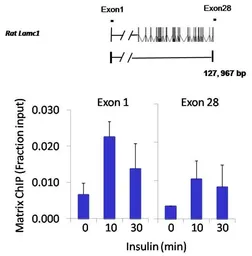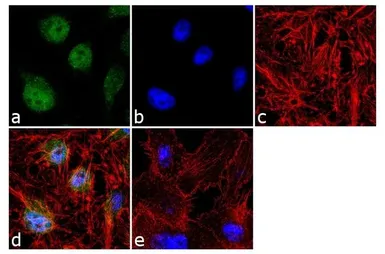JunB antibody
Cat. No. GTX79258
Cat. No. GTX79258
-
HostRabbit
-
ClonalityPolyclonal
-
IsotypeIgG
-
ApplicationsWB ICC/IF FCM IP ChIP assay
-
ReactivityHuman, Mouse, Rat


